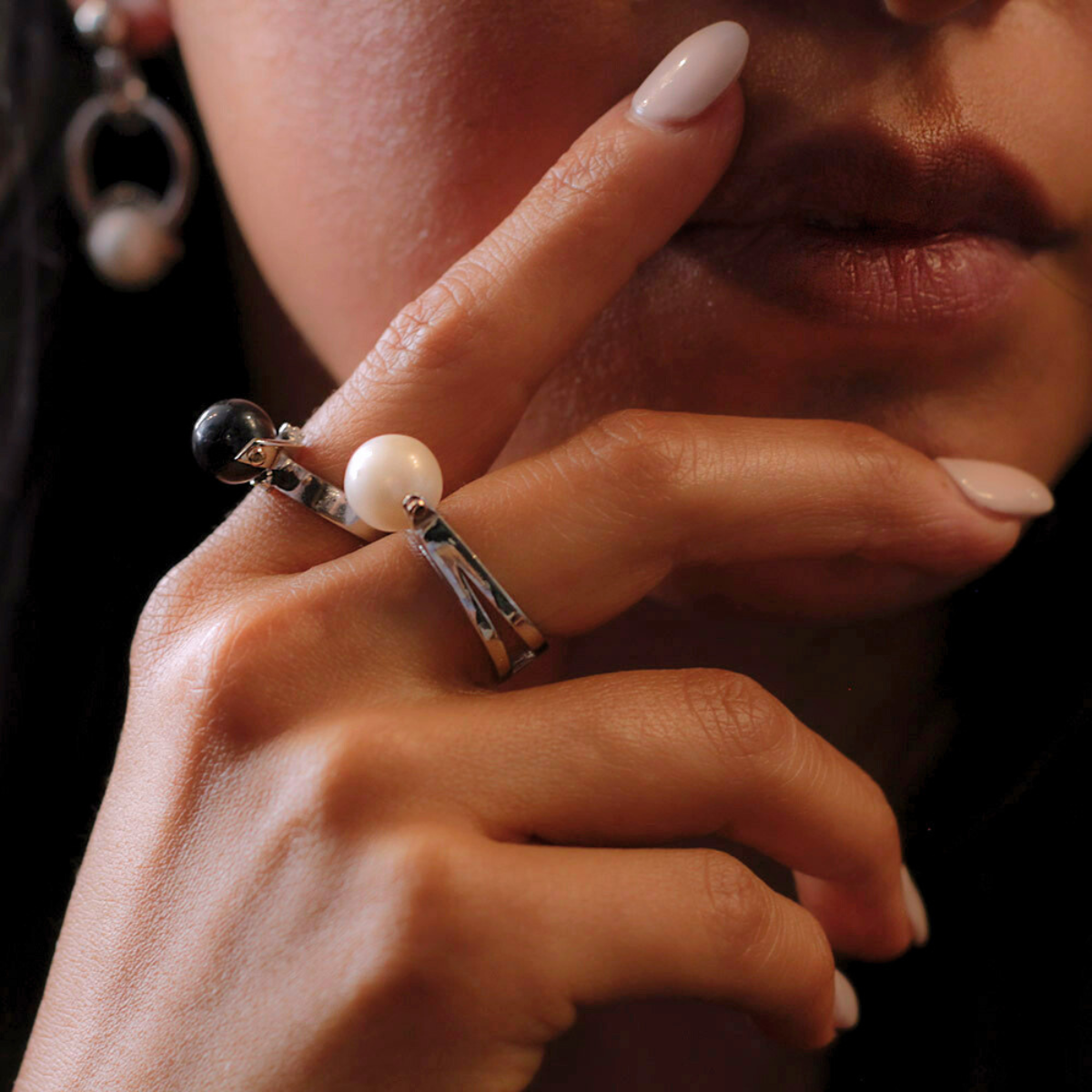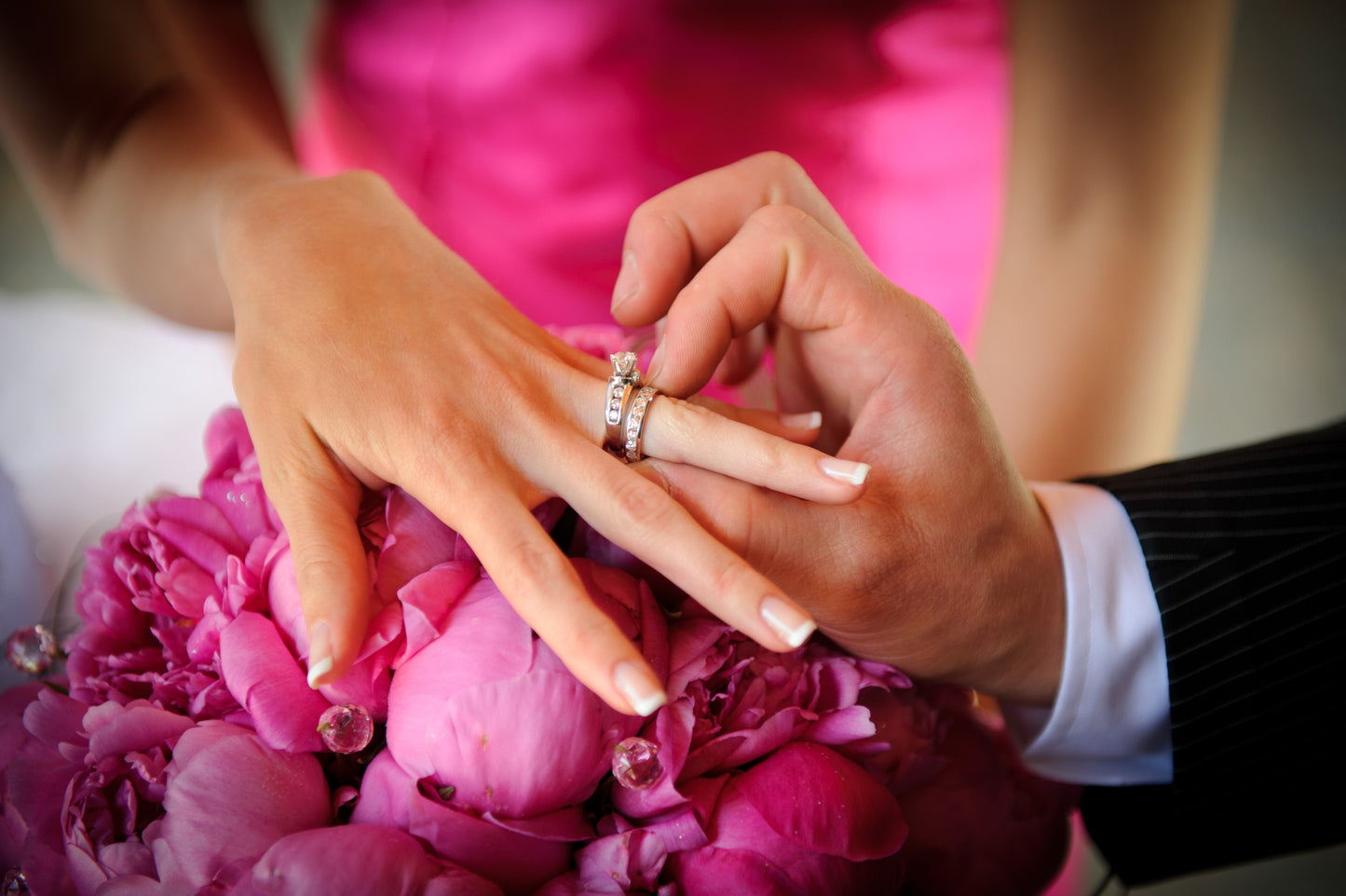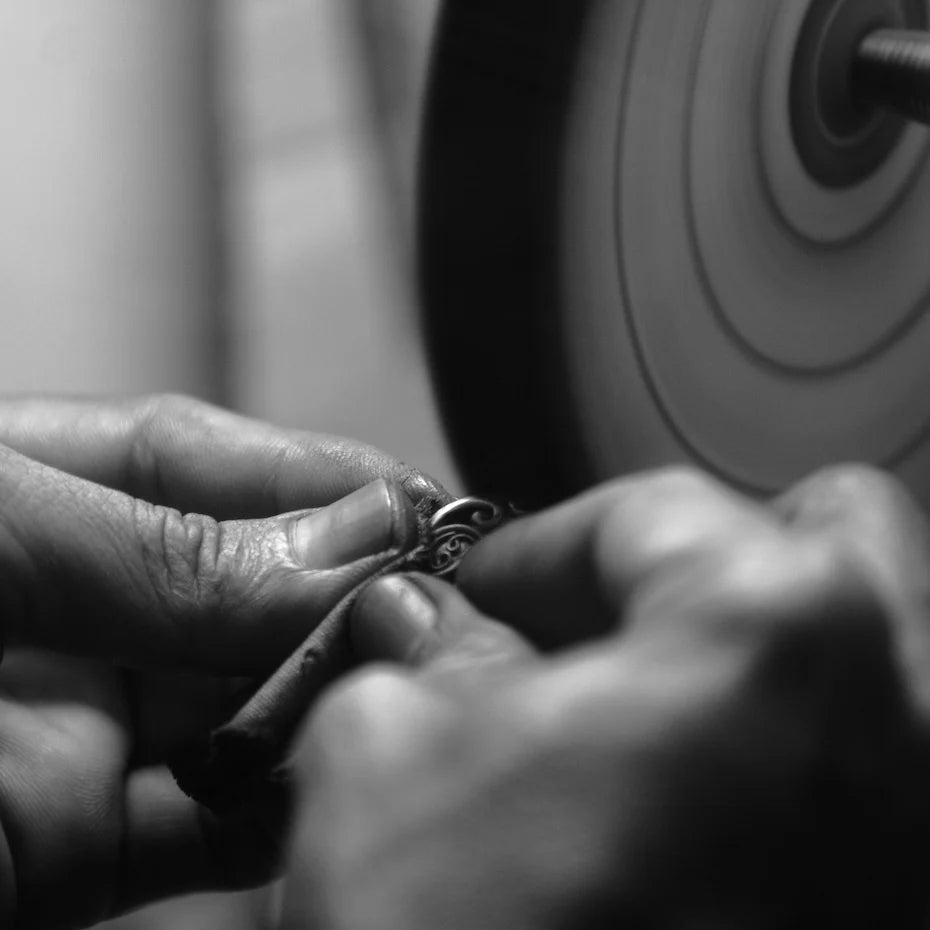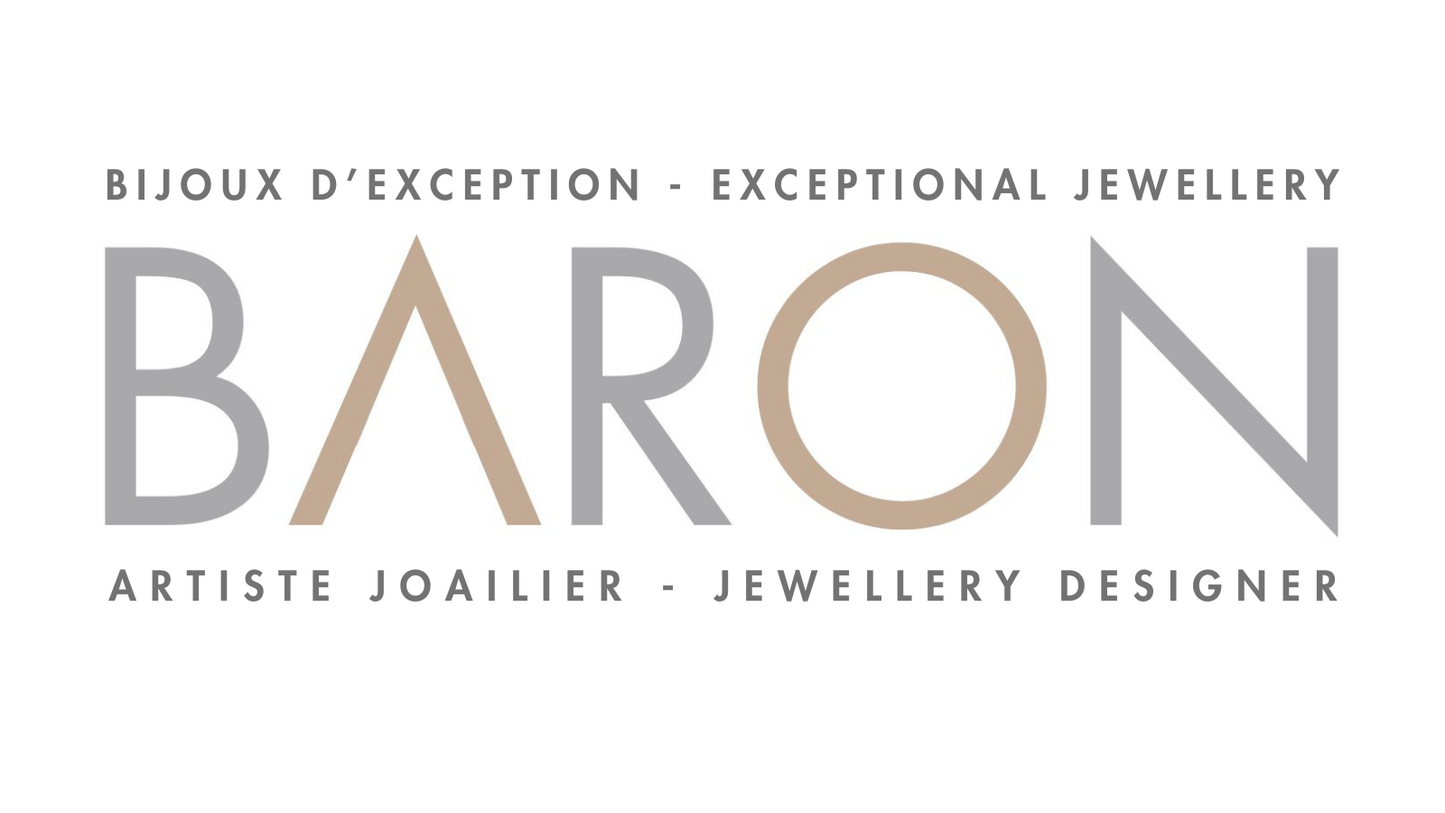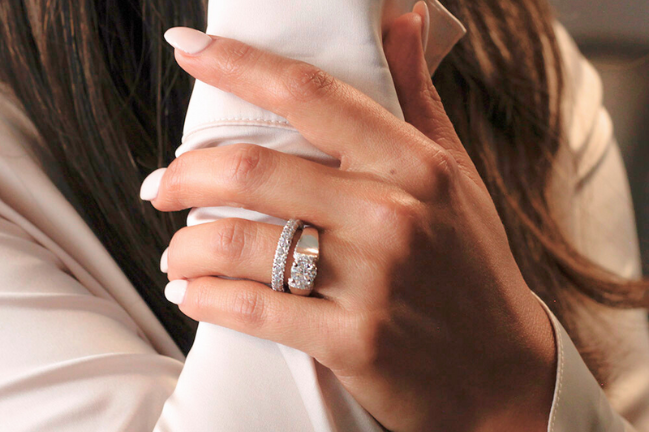She did write "A diamond cheaper than a diamond"???
Just like other technological developments, there was no denying that the gemstone industry would also undergo technological changes! Indeed, several changes have created opportunities and challenges in the jewelry industry.
One of these technologies, which is causing more and more discussion, consists of the laboratory production of diamonds!!!!
Thus, the natural diamond (which I call "geological diamond" since it comes from the earth/soil), faces a major challenge since it must now compete with the laboratory diamond (which I call "technological diamond" since it is created from scratch by man and his machines) .
The question everyone is asking then is:
Is a fully lab-grown diamond a real diamond???
And the answer is:
YES YES-YES!!!
1 - New cutting-edge technologies
How is this possible?
Without going into an exhaustive gemology course, it is important to know that gems have a crystalline system with optical and chemical properties specific to each. Diamonds are part of the CUBIC system.
So, the lab-grown diamond (also called cultured or synthetic diamond) is created in the lab using new techniques that exactly replicate the conditions in which a natural diamond grows, over a period of millions of years!!!.....The difference is that these processes take 3 to 4 weeks!
2 - Carbon and lots of pressure and heat
Since a natural diamond is essentially carbon that has formed at great depths, under the action of high pressures and temperatures, laboratories have found a way to reproduce, using highly controlled procedures, a real carbon atom, reproducing the famous crystalline structure that characterizes that of natural diamond.
The result? Lab-grown diamonds are now an integral part of the jewelry industry.
3- What happens to the 4Cs used to evaluate a natural diamond?
A lab-grown diamond is graded the same way as a natural diamond, according to the 4Cs (carat-color-cut-clarity), and the same grading certificates are also available. Major labs, such as the GIA (Gemological Institute of America), now certify and guarantee the optical and chemical properties of lab-grown diamonds just as they do natural diamond certificates. Also, note that a retailer must disclose that a diamond is a lab-grown diamond when selling it (as with all lab-grown gems on the market).
4- A more eco-responsible consumer
A consumer who chooses a lab-grown diamond will have the ecological aspect of the stone at heart (no mining, therefore less polluting, the use of renewable energy, knowledge of its origin (effect of the "Blood diamond"), etc.). In addition, know that synthetic diamonds are 30 to 50% cheaper than natural diamonds. This represents a significant advantage for more limited budgets.
5- What does Baron Designs do with lab-grown diamonds?
At Baron Designs , we offer all options, whether natural diamond, lab-grown diamond, as well as substitutes like moissanite and imitations like cubic zirconium. Our new gold collection, which will be available from mid-December on our website, is set with lab-created diamonds. In addition, customers often ask us for synthesized diamonds for their wedding rings or for custom-made models or jewelry transformations. The main thing is that we are able to advise our customers in order to choose the different options available to them and that they can make an informed decision according to their needs.
Although natural diamonds are still very popular, it is important to know that there are other equally beautiful gems that can be used as substitutes at a lower cost.
6- Which diamond should I choose next time?
Ultimately, isn't the real question:
Next time you buy a diamond, will it come from the earth (rarity, $$$) or from a lab (eco-friendly, $)???
